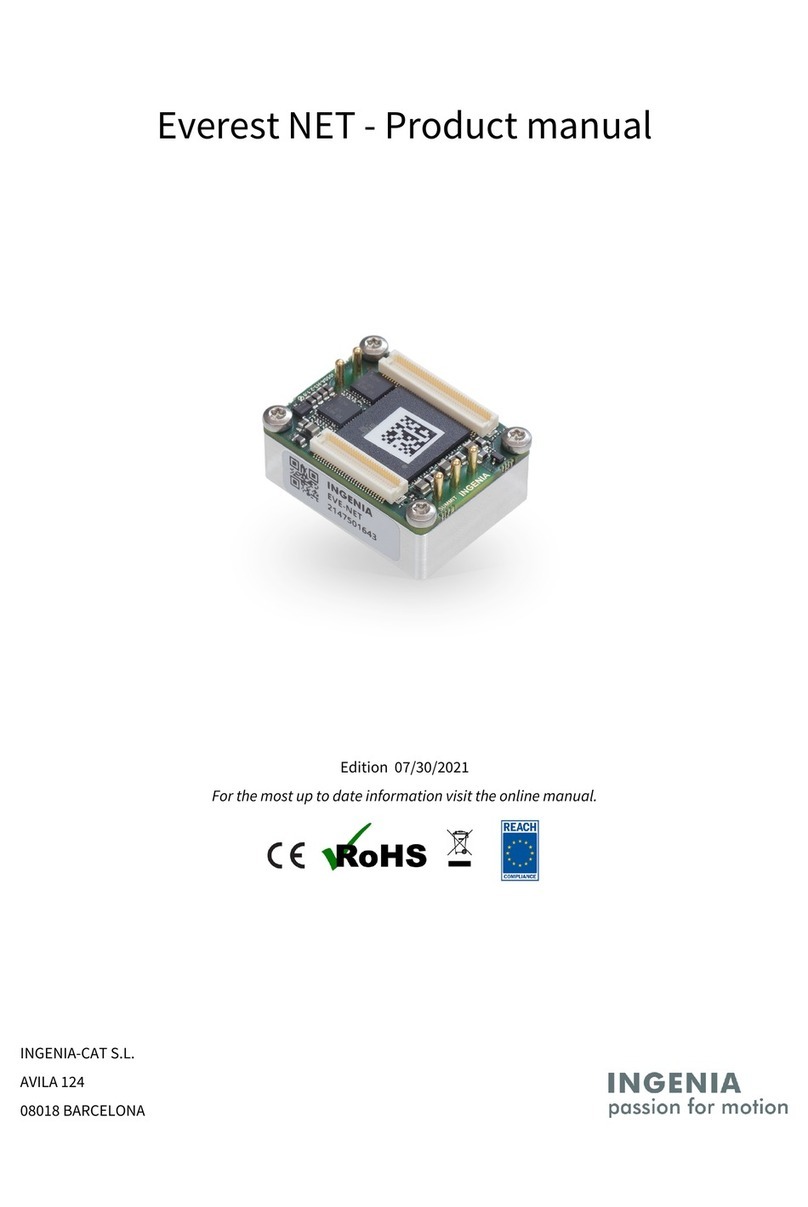
7.1 Protective earth ............................................................................................................................................... 51
7.2 Power supply.................................................................................................................................................... 54
7.2.1 Power supply requirements ............................................................................................................................ 54
7.2.2 Power supply connection................................................................................................................................ 55
7.2.3 Battery supply connection .............................................................................................................................. 55
7.2.4 Connection of multiple drives with the same power supply ......................................................................... 56
7.2.5 Power supply wiring recommendations......................................................................................................... 57
7.2.5.1 Wire section...................................................................................................................................................... 57
7.2.5.2 Wire ferrules ..................................................................................................................................................... 57
7.2.5.3 Wire length ....................................................................................................................................................... 57
7.3 Motor ................................................................................................................................................................ 58
7.3.1 AC and DC brushless motors ........................................................................................................................... 58
7.3.2 DC motors and voice coil actuators ................................................................................................................ 59
7.3.3 Motor wiring recommendations ..................................................................................................................... 60
7.3.3.1 Wire section ..................................................................................................................................................... 60
7.3.3.2 Wire ferrules ..................................................................................................................................................... 61
7.3.3.3 Motor choke ..................................................................................................................................................... 61
7.3.3.4 Wire length ....................................................................................................................................................... 62
7.4 Feedback connections..................................................................................................................................... 62
7.4.1 Digital Halls interface....................................................................................................................................... 62
7.4.2 Analog Halls interface...................................................................................................................................... 65
7.4.3 Digital Incremental Encoder............................................................................................................................ 67
7.4.3.1 Termination resistors....................................................................................................................................... 70
7.4.4 Digital input feedback - PWM encoder............................................................................................................ 71
7.4.5 Analog input feedback..................................................................................................................................... 72
7.4.5.1 Potentiometer.................................................................................................................................................. 72
7.4.5.2 DC tachometer ................................................................................................................................................. 73
7.4.6 Feedback wiring recommendations ............................................................................................................... 74
7.4.6.1 Recommendations for applications witch close feedback and motor lines ................................................ 75
7.5 I/O connections................................................................................................................................................ 75
7.5.1 General purpose single ended digital inputs interface (GPI1, GPI2) ............................................................. 76
7.5.2 High-speed digital inputs interface(HS_GPI1, HS_GPI2) .............................................................................. 78
7.5.3 Analog inputs interface (AN_IN1, AN_IN2)...................................................................................................... 83
7.5.4 Digital outputs interface (GPO1, GPO2).......................................................................................................... 86
7.5.4.1 Wiring of 5V loads............................................................................................................................................. 87
7.5.4.2 Wiring of 24V loads........................................................................................................................................... 88
7.5.5 Motor brake output (GPO1, GPO2).................................................................................................................. 90
7.6 Command sources ........................................................................................................................................... 91
7.6.1 Network communication interface................................................................................................................. 92
7.6.2 Standalone ....................................................................................................................................................... 92
7.6.3 Analog input ..................................................................................................................................................... 92
7.6.4 Step and direction............................................................................................................................................ 93
7.6.5 PWM command ................................................................................................................................................ 95
7.6.5.1 Single input mode............................................................................................................................................ 95
7.6.5.2 Dual input mode .............................................................................................................................................. 96
7.6.6 Encoder following or electronic gearing......................................................................................................... 97
7.7 Communications.............................................................................................................................................. 98
7.7.1 USB interface.................................................................................................................................................... 99
7.7.1.1 USB powered drive .......................................................................................................................................... 99
7.7.1.2 USB wiring recommendations ........................................................................................................................ 99
7.7.2 RS232 interface .............................................................................................................................................. 100





























